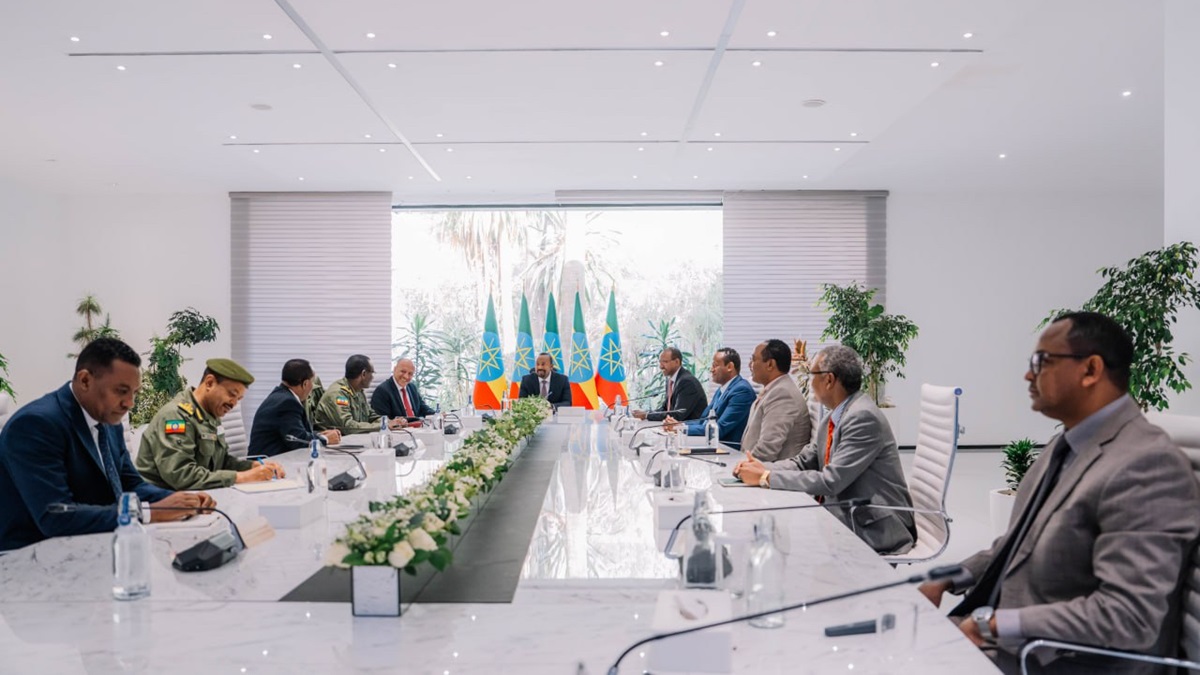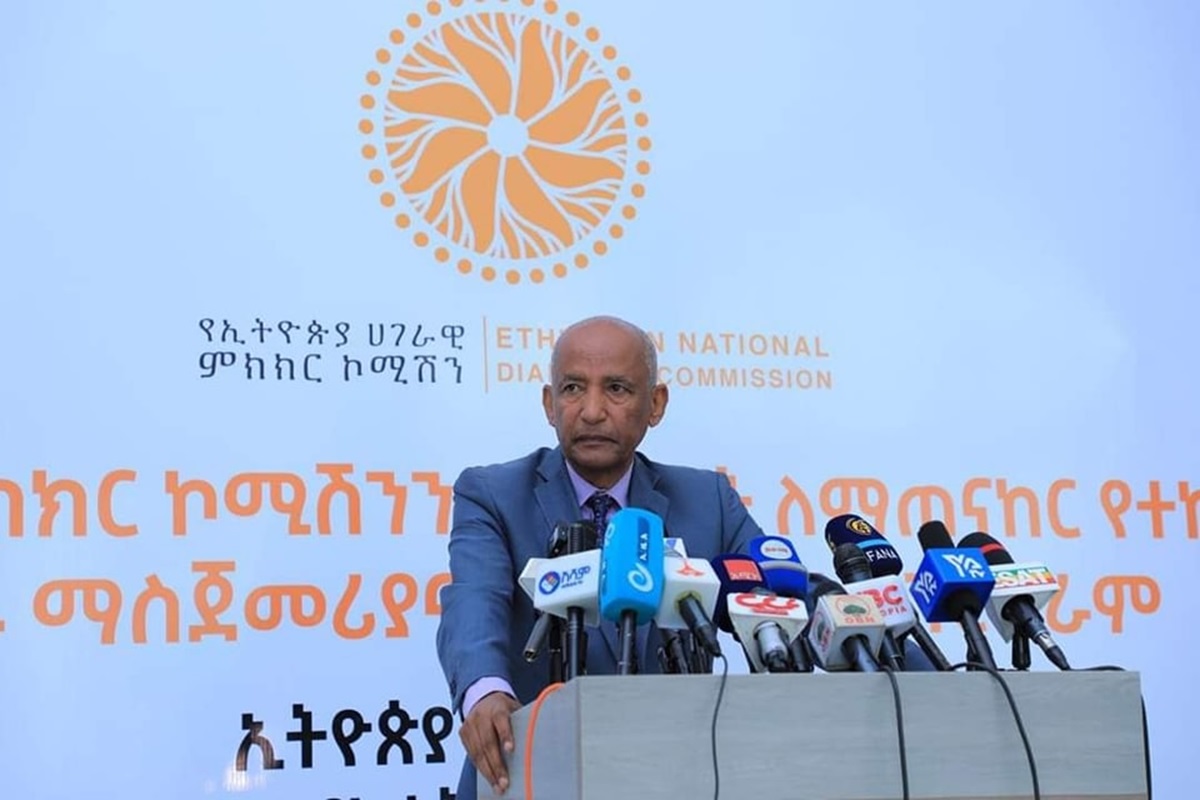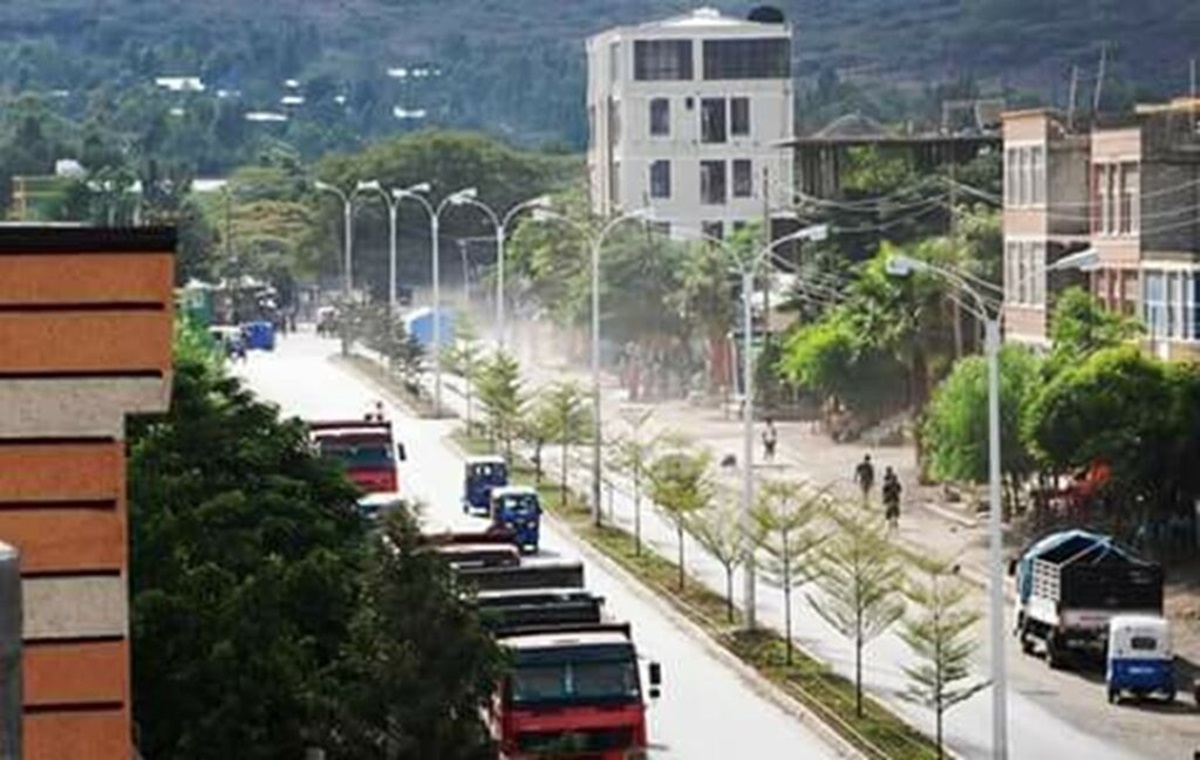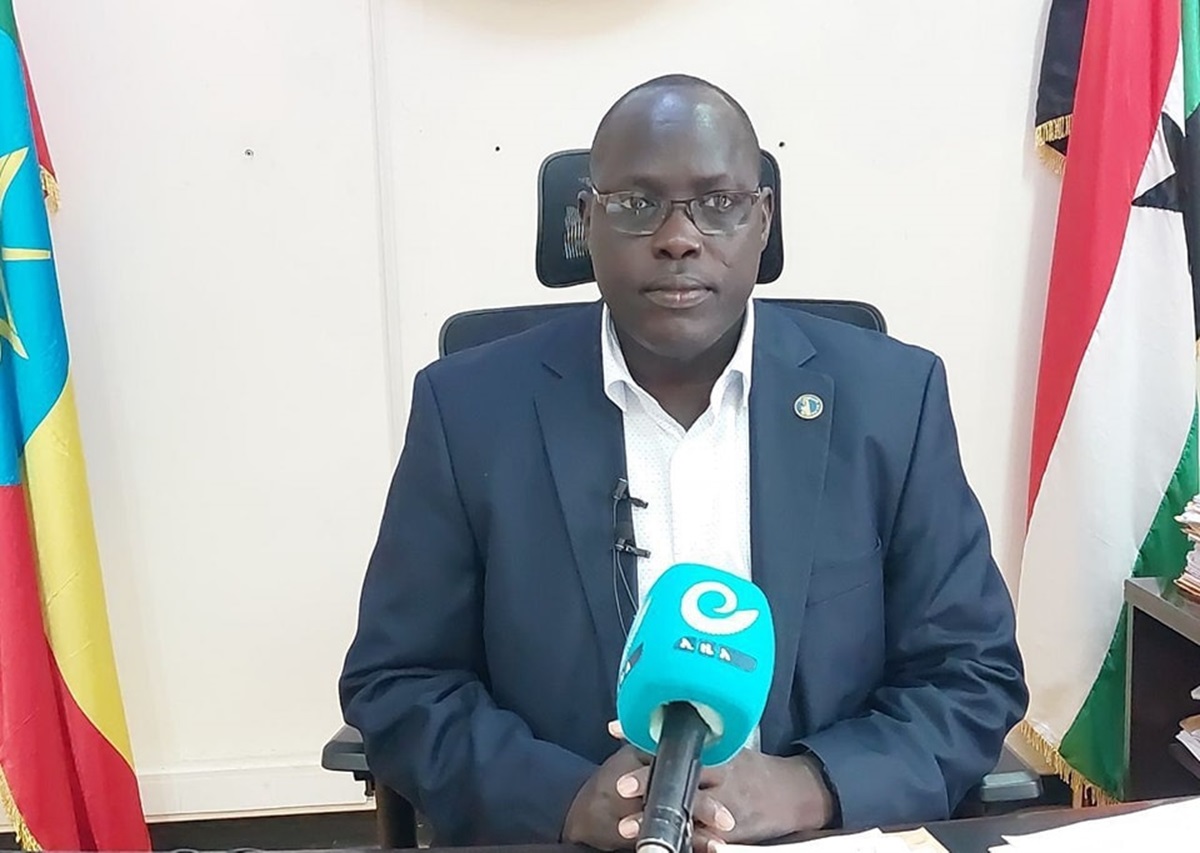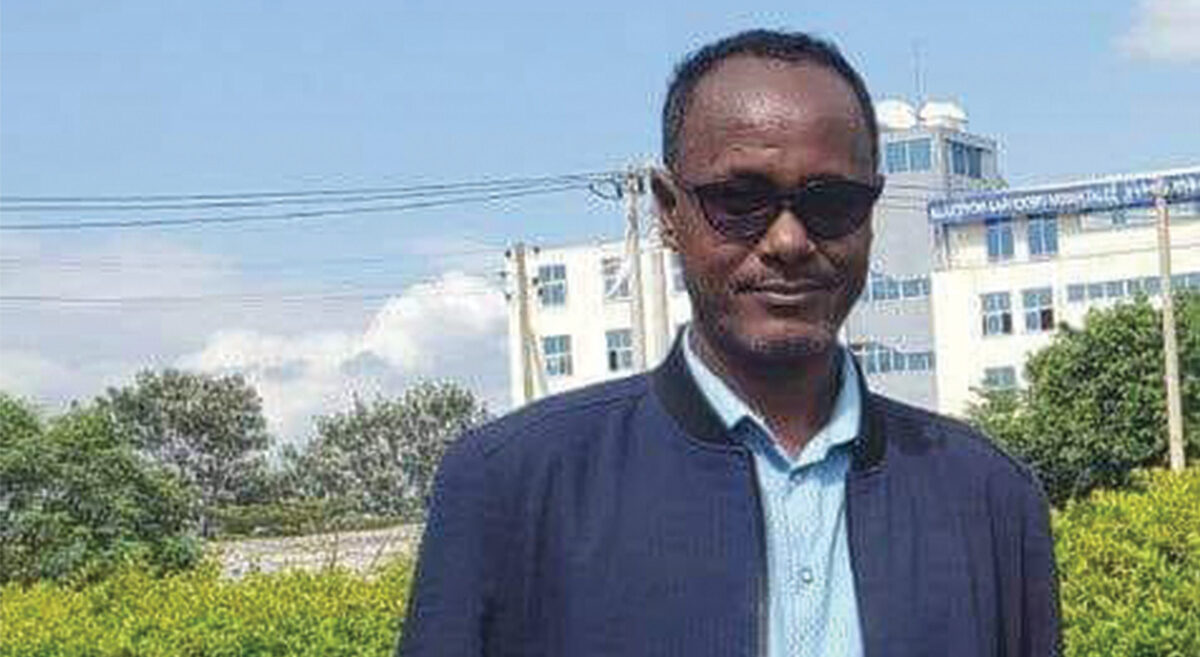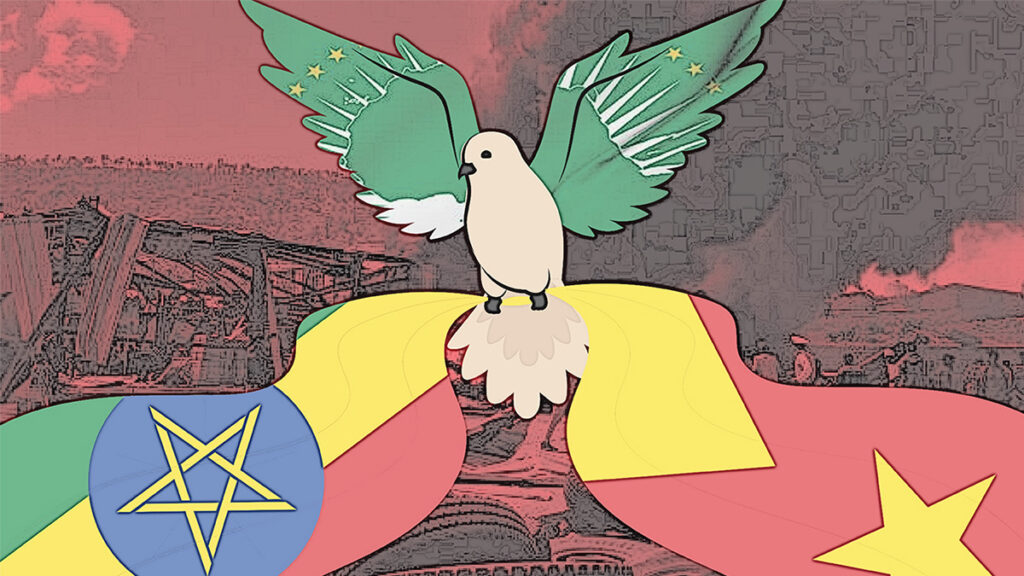
Addis Abeba – It has been a year and four months since the Pretoria Cessation of Hostilities Agreement was signed between the Ethiopian government and the Tigrayan People’s Liberation Front (TPLF) to end the two-year devastating war that began in the Tigray region and later spread to parts of the Amhara and Afar regions in northern Ethiopia.
The signing of the agreement was welcomed by millions with a collective sigh of relief and part of its subsequent implementation proved instrumental in silencing the guns in Tigray, expediting the resumption of humanitarian aid flow, and the restoration of basic services to millions of civilians who should have never suffered the lack of both in the first place.
However, important obligations that are detrimental to the relative peace since have not been met yet, causing a widening divergence between the federal government and the Tigrayan authorities. Without a meaningful change in the course of action, regression into conflict will only be a matter of when.
The federal government is treating the subject of the withdrawal of Eritrean forces from northeastern parts of Tigray as taboo, effectively suspending its obligation to protect the sovereignty and territorial integrity of the Ethiopian state, one of the key demands by the international community during the war.
On 11 March 2024, the Annual Threat Assessment of the US Intelligence Community warned that despite the Pretoria agreement that ended the war, “unresolved territorial issues could lead to a resumption of conflict,” referring to the status of the western and parts of southern Tigray that are still occupied by Amhara regional forces affiliated with the ruling party. This has in tern hampered the return of some 1.2 million Internally Displaced People (IDPs), as well as thousands of Tigrayan refugees enduring double suffering in crisis-hit Sudan.
The federal government is treating the subject of the withdrawal of Eritrean forces from northeastern parts of Tigray as taboo, effectively suspending its obligation to protect the sovereignty and territorial integrity of the Ethiopian state, one of the key demands by the international community during the war. And although AU’s Monitoring, Verification and Compliance Mission (AU-MVCM) have reported the disarmament of heavy weapons to a scale of 85 to 90 % as far back as May last year, it has not been matched by the federal government’s mandate to oversee the concurrent withdrawal of foreign and non-ENDF forces from Tigray.
Practical steps on disarmament, demobilization and reintegration process pertaining to individual and light weapons from Tigrayan ex-combatants, coupled with the absence of a meaningful political dialogue between the two signatories to address the root causes of the war remained elusive, sowing the seeds of mistrust and suspicion.
Lost in the maze of this is the burning issue of delivering justice and accountability for victims of the war, which has been designated for its crimes against humanity, war crimes and the crimes of forced deportations.
As much as the main signatories are to take their share of blame for the sluggish implementation of this internationally brokered peace agreement, the African Union (AU), the patron of the peace agreement, and other key players including the U.S. and the regional bloc IGAD cannot escape the blame for the glaring lack of effective and transparent follow up through established diplomatic instruments. In particular the AU, which has been given an oversight role through its high-panel and the monitoring, verification, and compliance team has almost abandoned its duties.
This failure was laid bare recently in light of the growing differences between the federal government and the Tigrayan authorities, and subsequent media rhetoric, with not only an adverse effect on the good faith implementation of the agreement but also augmenting the risk of relapse into hostilities again.
The first strategic review on the implementation of the CoHA aiming to “undertake strategic reflection and support critical aspects of the Peace Process, such as humanitarian support, DDR, rehabilitation, and reconstruction,” only took place, sixteen months after the agreement was signed. Despite reaffirming the parties’ commitment to the full implementation of the COHA and agreeing to consult regularly, AU’s statement issued at the conclusion of the day-long meeting failed to state if there have been specific measures put in place to revive and expedite the realization of unmet obligations.
Both the Joint Committee and the team of African experts, which, according to the CoHA, were mandated to conduct the monitoring, verification, and compliance mechanism under the auspices of the AU high-panel, have mostly been inactive, save for a couple of occasions where the Tigrayan ex-combatants handed over weapons to the federal army. This failure was laid bare recently in light of the growing differences between the federal government and the Tigrayan authorities, and subsequent media rhetoric, with not only an adverse effect on the good faith implementation of the agreement but also augmenting the risk of relapse into hostilities again.
For example, allegations such as Getachew Reda, the president of the Tigray Interim Administration meeting in Europe with Eritrean and Egyptian officials are serious with far-reaching consequences.
There are sufficient indications already that the Pretoria agreement is growing fragile, without effective monitoring of its implementation and lack of accountability mechanisms, it will crumble.
Article 3(3) of the CoHA stipulated that the cessation of hostilities agreement shall include the cessation of all forms of hostile propaganda, rhetoric, and hate speech, while providing under Article 11(8) that in instances of violation, the team of experts will inform the concerned party to take immediate measures to rectify the violation. It is also stated under Article 11(9) that if the violation is not rectified within 24 hours, the AU, through its high-panel, will convene the Joint Committee to resolve the problem. None of this was on display over the past few weeks when intensive media rhetoric is threatening to unravel the little gain made so far.
While it is imperative that the two parties must refrain from unverifiable allegations and dangerous rhetoric, it is equally important that the monitoring, verification, and compliance mechanism must be functioning effectively to identify not only issues of such kind but also other violations to prevent the possible collapse of the peace agreement and relapse into new round of conflict.
Granted, the recent strategic review should be commended as a step in the right direction. But unless the AU and other stakeholders from the international community seize on the momentum and uphold their respective commitments to ensure the full implementation of the agreement, the chances of ensuring a durable peace will remain distant.
There are sufficient indications already that the Pretoria agreement is growing fragile, without effective monitoring of its implementation and lack of accountability mechanisms, it will crumble; no matter how imperfect the agreement itself may be, the consequences of its collapse will be dire. AS


